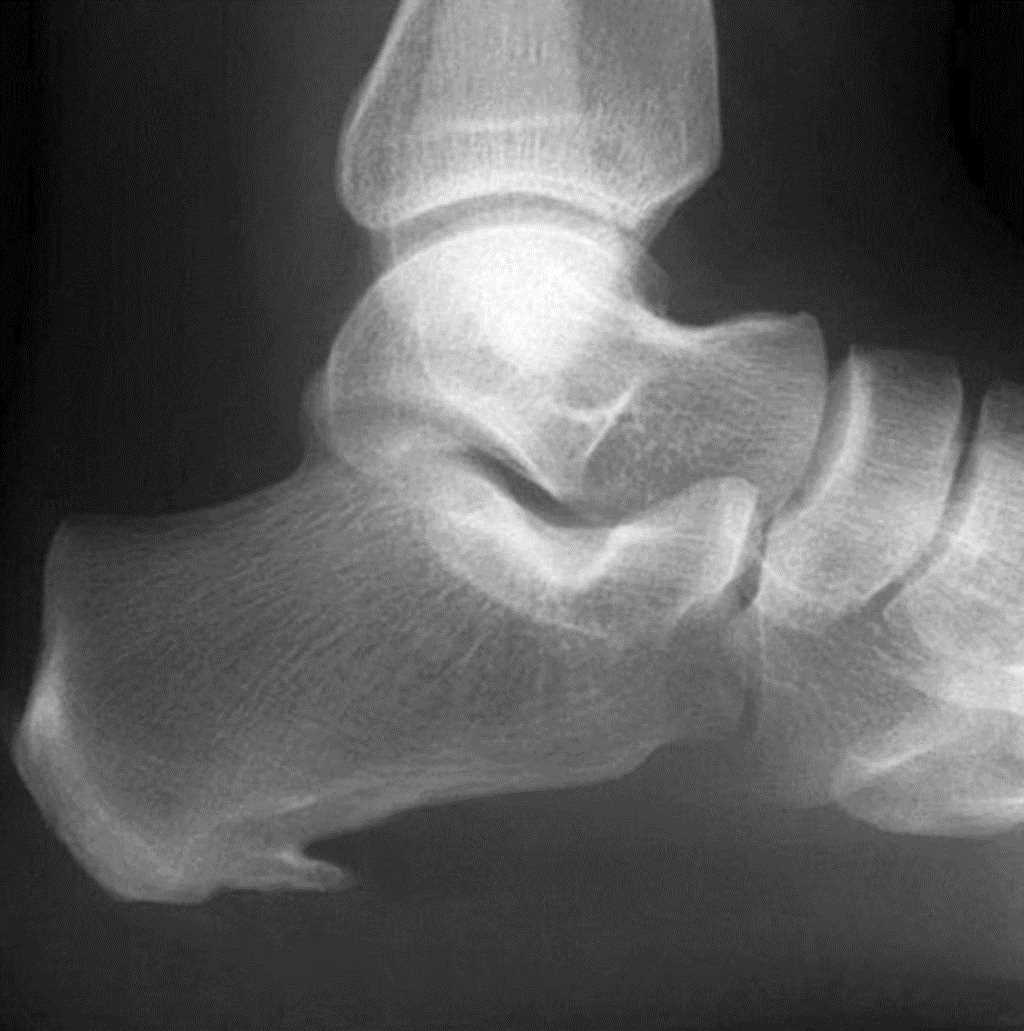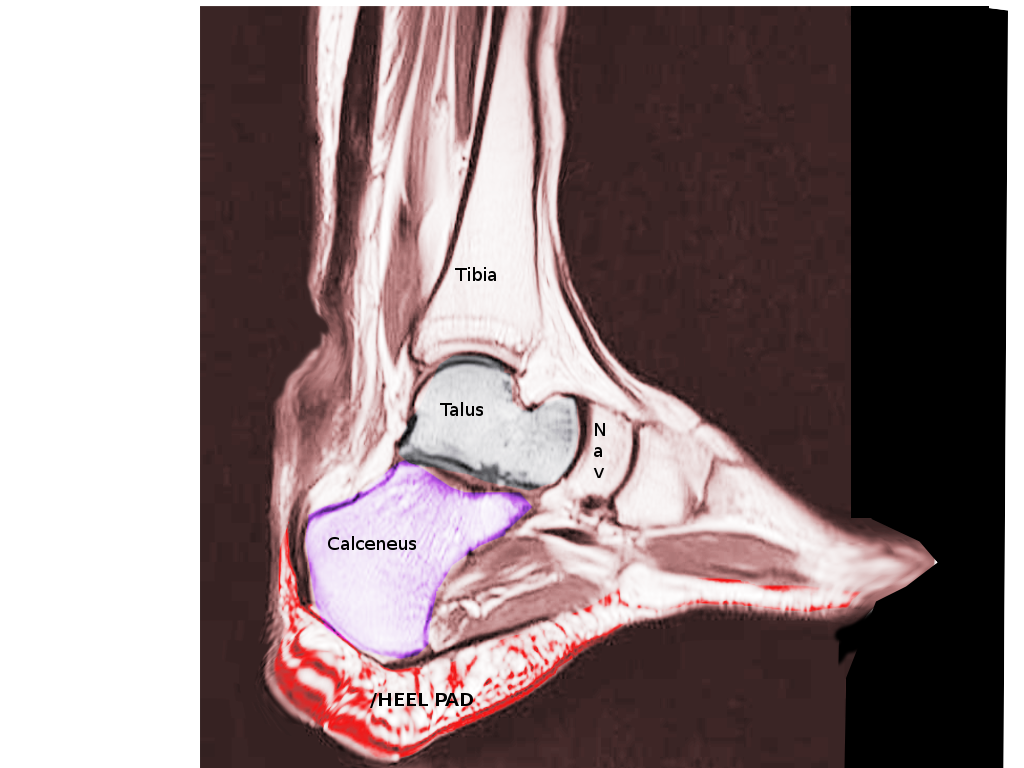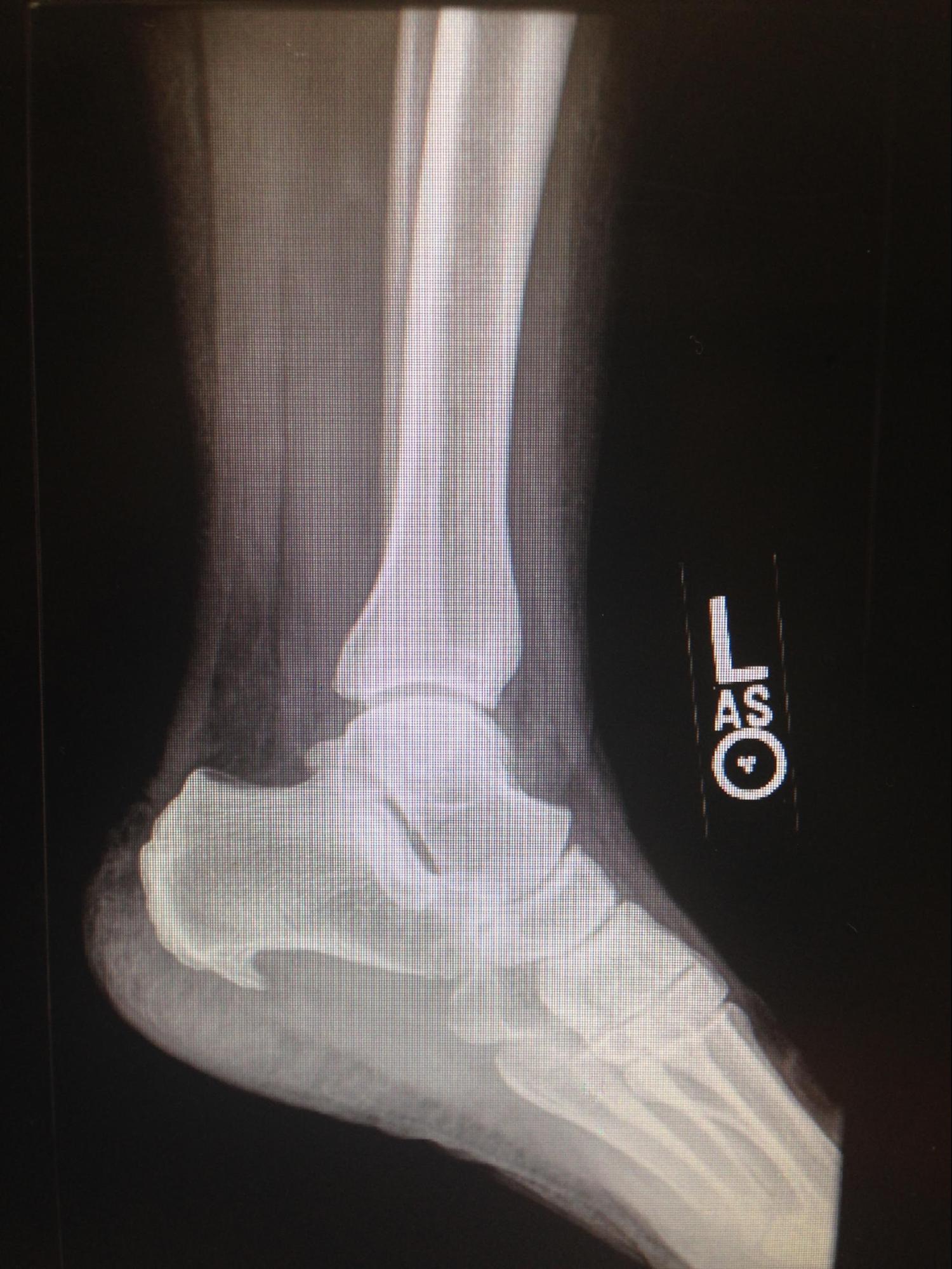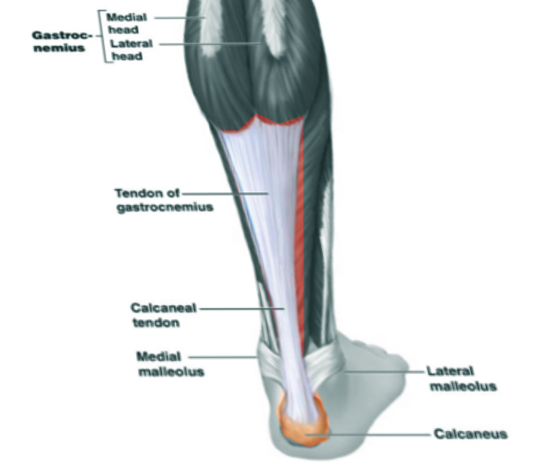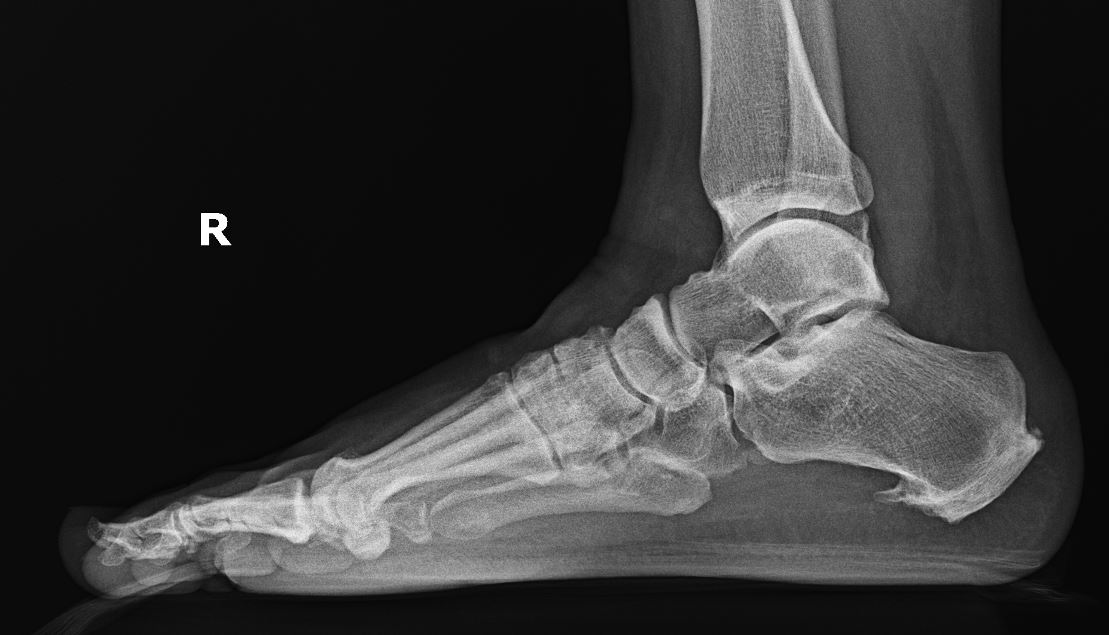[1]
Becker BA, Childress MA. Common Foot Problems: Over-the-Counter Treatments and Home Care. American family physician. 2018 Sep 1:98(5):298-303
[PubMed PMID: 30216025]
[2]
Ling Y, Wang S. Effects of platelet-rich plasma in the treatment of plantar fasciitis: A meta-analysis of randomized controlled trials. Medicine. 2018 Sep:97(37):e12110. doi: 10.1097/MD.0000000000012110. Epub
[PubMed PMID: 30212938]
Level 1 (high-level) evidence
[3]
Lee YK, Lee M. Treatment of infected Achilles tendinitis and overlying soft tissue defect using an anterolateral thigh free flap in an elderly patient: A case report. Medicine. 2018 Aug:97(35):e11995. doi: 10.1097/MD.0000000000011995. Epub
[PubMed PMID: 30170404]
Level 3 (low-level) evidence
[4]
Finkenstaedt T, Siriwanarangsun P, Statum S, Biswas R, Anderson KE, Bae WC, Chung CB. The Calcaneal Crescent in Patients With and Without Plantar Fasciitis: An Ankle MRI Study. AJR. American journal of roentgenology. 2018 Nov:211(5):1075-1082. doi: 10.2214/AJR.17.19399. Epub 2018 Aug 30
[PubMed PMID: 30160979]
[5]
Arnold MJ, Moody AL. Common Running Injuries: Evaluation and Management. American family physician. 2018 Apr 15:97(8):510-516
[PubMed PMID: 29671490]
[6]
Cotchett M, Lennecke A, Medica VG, Whittaker GA, Bonanno DR. The association between pain catastrophising and kinesiophobia with pain and function in people with plantar heel pain. Foot (Edinburgh, Scotland). 2017 Aug:32():8-14. doi: 10.1016/j.foot.2017.03.003. Epub 2017 Mar 20
[PubMed PMID: 28605621]
[7]
Tschopp M, Brunner F. [Diseases and overuse injuries of the lower extremities in long distance runners]. Zeitschrift fur Rheumatologie. 2017 Jun:76(5):443-450. doi: 10.1007/s00393-017-0276-6. Epub
[PubMed PMID: 28236094]
[8]
Lai TW, Ma HL, Lee MS, Chen PM, Ku MC. Ultrasonography and clinical outcome comparison of extracorporeal shock wave therapy and corticosteroid injections for chronic plantar fasciitis: A randomized controlled trial. Journal of musculoskeletal & neuronal interactions. 2018 Mar 1:18(1):47-54
[PubMed PMID: 29504578]
Level 2 (mid-level) evidence
[9]
Kim M, Choi YS, You MW, Kim JS, Young KW. Sonoelastography in the Evaluation of Plantar Fasciitis Treatment: 3-Month Follow-Up After Collagen Injection. Ultrasound quarterly. 2016 Dec:32(4):327-332
[PubMed PMID: 27035685]
[10]
McClinton S PT, PhD, OCS, FAAOMPT, Heiderscheit B PT, PhD, McPoil TG PT, PhD, Flynn TW PT, PhD, OCS, FAAOMPT. Physical therapist decision-making in managing plantar heel pain: cases from a pragmatic randomized clinical trial. Physiotherapy theory and practice. 2020 May:36(5):638-662. doi: 10.1080/09593985.2018.1490941. Epub 2018 Jul 6
[PubMed PMID: 29979912]
Level 3 (low-level) evidence
[11]
Lee TL, Marx BL. Noninvasive, Multimodality Approach to Treating Plantar Fasciitis: A Case Study. Journal of acupuncture and meridian studies. 2018 Aug:11(4):162-164. doi: 10.1016/j.jams.2018.04.002. Epub 2018 Apr 16
[PubMed PMID: 29673797]
Level 3 (low-level) evidence
[12]
Roerdink RL, Dietvorst M, van der Zwaard B, van der Worp H, Zwerver J. Complications of extracorporeal shockwave therapy in plantar fasciitis: Systematic review. International journal of surgery (London, England). 2017 Oct:46():133-145. doi: 10.1016/j.ijsu.2017.08.587. Epub 2017 Sep 7
[PubMed PMID: 28890412]
Level 1 (high-level) evidence
[13]
McClinton SM, Flynn TW, Heiderscheit BC, McPoil TG, Pinto D, Duffy PA, Bennett JD. Comparison of usual podiatric care and early physical therapy intervention for plantar heel pain: study protocol for a parallel-group randomized clinical trial. Trials. 2013 Dec 3:14():414. doi: 10.1186/1745-6215-14-414. Epub 2013 Dec 3
[PubMed PMID: 24299257]
Level 1 (high-level) evidence
[14]
Wyatt LH. Conservative chiropractic management of recalcitrant foot pain after fasciotomy: a retrospective case review. Journal of manipulative and physiological therapeutics. 2006 Jun:29(5):398-402
[PubMed PMID: 16762669]
Level 2 (mid-level) evidence
[15]
Wynne MM, Burns JM, Eland DC, Conatser RR, Howell JN. Effect of counterstrain on stretch reflexes, hoffmann reflexes, and clinical outcomes in subjects with plantar fasciitis. The Journal of the American Osteopathic Association. 2006 Sep:106(9):547-56
[PubMed PMID: 17079524]
Level 2 (mid-level) evidence
[16]
Uğurlar M, Sönmez MM, Uğurlar ÖY, Adıyeke L, Yıldırım H, Eren OT. Effectiveness of Four Different Treatment Modalities in the Treatment of Chronic Plantar Fasciitis During a 36-Month Follow-Up Period: A Randomized Controlled Trial. The Journal of foot and ankle surgery : official publication of the American College of Foot and Ankle Surgeons. 2018 Sep-Oct:57(5):913-918. doi: 10.1053/j.jfas.2018.03.017. Epub
[PubMed PMID: 30149850]
Level 1 (high-level) evidence

